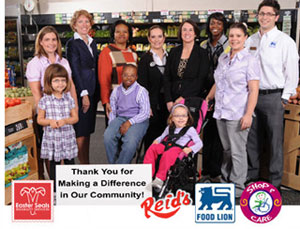Autism insurance sure can be confusing
by Patricia Wright
Autism insurance mandates have been passed in 29 states. Clearly something to celebrate! Unfortunately though, some challenges have come along with the coverage.
MedClaims Liaison and Autism Speaks recently conducted a survey on the issue of autism and insurance. The majority of respondents indicated confusion around their own state’s law and how it impacts their coverage. Seventy-seven percent of respondents are frustrated by the process of dealing with medical bills and reimbursements.
Trying to access effective treatment, and then trying to pay for those services, is challenging for families. And these are families who are already experiencing significant stress. Medical insurance covering autism treatment is definitely a step forward. Now I guess we all need to work together to make the system of care transparent and accessible to the people truly in need: families and children living with autism.








 This week Food Lion launched its annual
This week Food Lion launched its annual  In my other life, I’m a writing teacher. I give
In my other life, I’m a writing teacher. I give